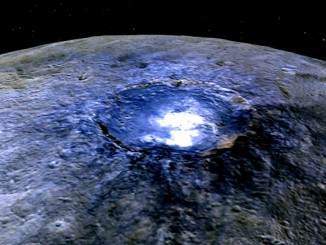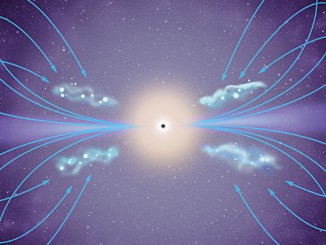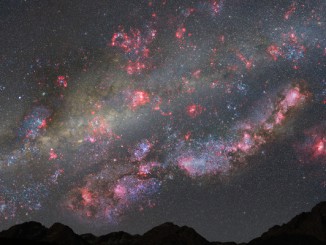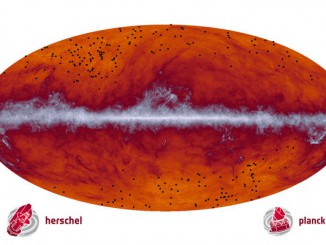
New clues to dwarf planet Ceres’ bright spots and origins
The surface of Ceres, whose average diameter is 584 miles, is generally dark and similar in brightness to fresh asphalt. But the dwarf planet does possess 130 mysterious bright areas associated with impact craters that new research suggests are salt-rich areas left behind when briny water-ice from a subsurface layer sublimated in the past.




